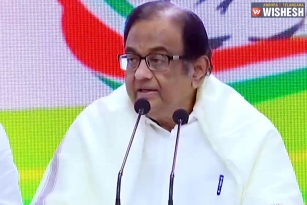
While celebrating his first year in office, Prime Minister Narendra Modi can be proud enough in the success of transforming India into the fastest growing major economy. When India releases its data on Friday, it is expected to show that the economy is growing faster than China for a second consecutive quarter. There are persistent doubts, whether the new way of calculating gross domestic product, introduced by the government earlier this year, is distorting the macroeconomic view.
"The economy is not as strong as the GDP numbers might suggest," said Shilan Shah, India Economist at Capital Economics. "The numbers should not have any bearing on policies and both the central bank as well as the government should look at other activity indicators." "So far, not enough has been achieved to suggest that India can fulfill its economic potential over the medium term," said Shah of Capital Economics.
The growth is hard to square with weak industrial activity, grim corporate earnings and an elusive recovery in bank credit. The estimate from a Reuter’s poll of economists has put the GDP growth at 7.3 percent in the January-March quarter, slowing from 7.5 percent in the previous quarter. For the fiscal year 2014/15 ending in March, growth is expected at 7.4 percent, up from 6.9 percent in the fiscal year 2013/14, using the new series.
Arvind Subramanian, government's chief economic adviser, has likened the state of the economy to flying on "one-and-a-half engines". "Bad stuff has stopped happening, but the good stuff is still waiting to happen," he said.
Changing trade patterns, cheaper oil and a slowing Chinese economy is helping to shake up the Asian growth, with the Philippines and Vietnam joining India as the region’s pacesetters, Indonesia and Thailand are falling to the bottom of the class.
World Bank expects India to outpace its neighbour China as soon as this year. HSBC forecasts Indian growth of 7.8 per cent in 2015 compared with 7.3 per cent for China. Pro-business government of Modi will be able to unlock India’s economic potential, just as multi-decade boom of China begins to fade.
“It is now increasingly obvious that the improvements in Indonesia’s macro performance between 2010 and 2013 were cyclical and externally driven, rather than structural and domestically driven as the bulls insisted”, Richard Iley, BNP Paribas economist.
By Premji

























